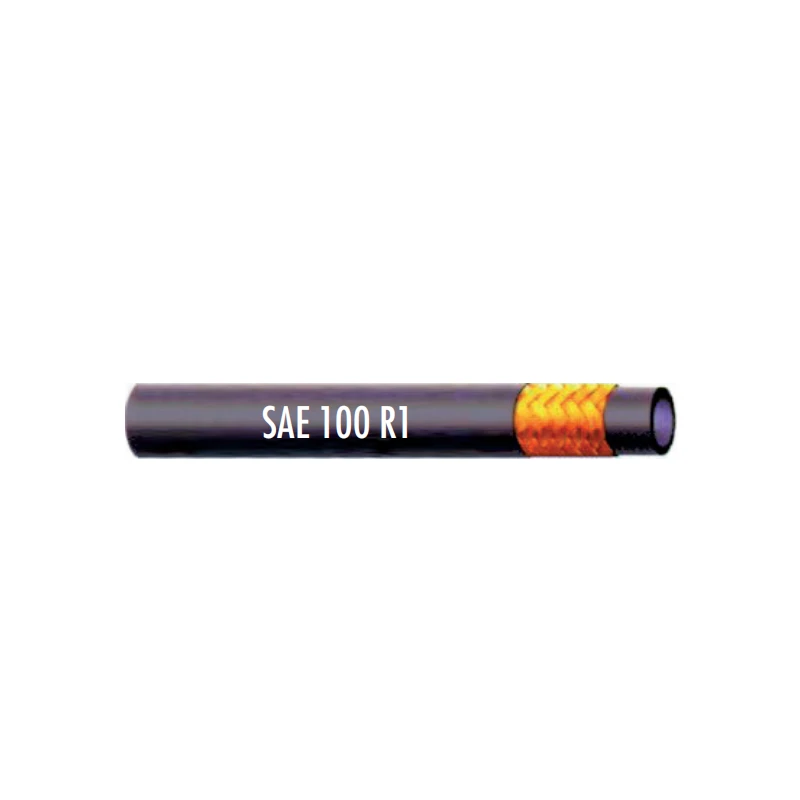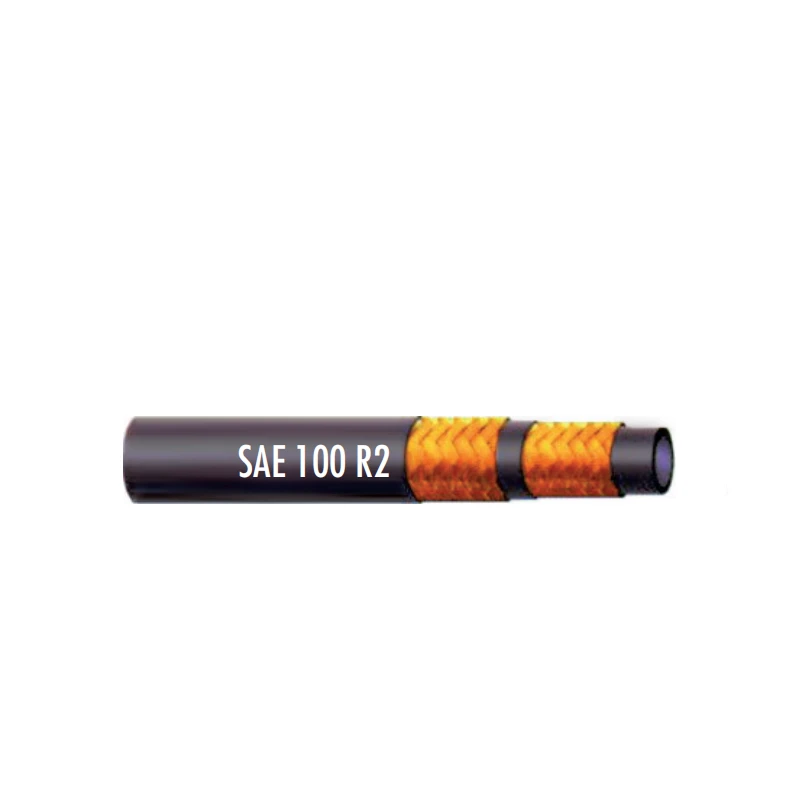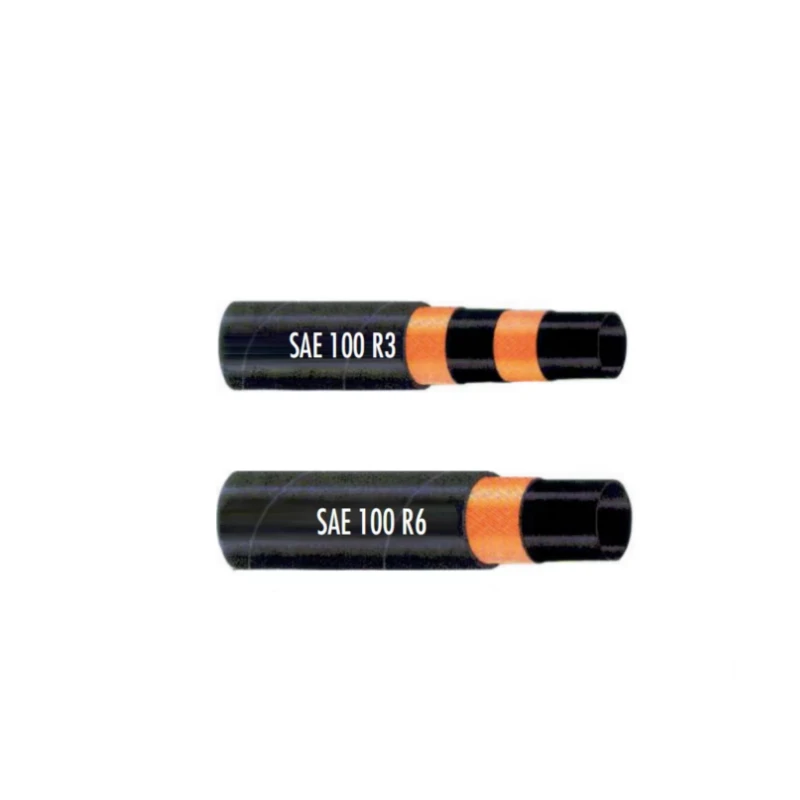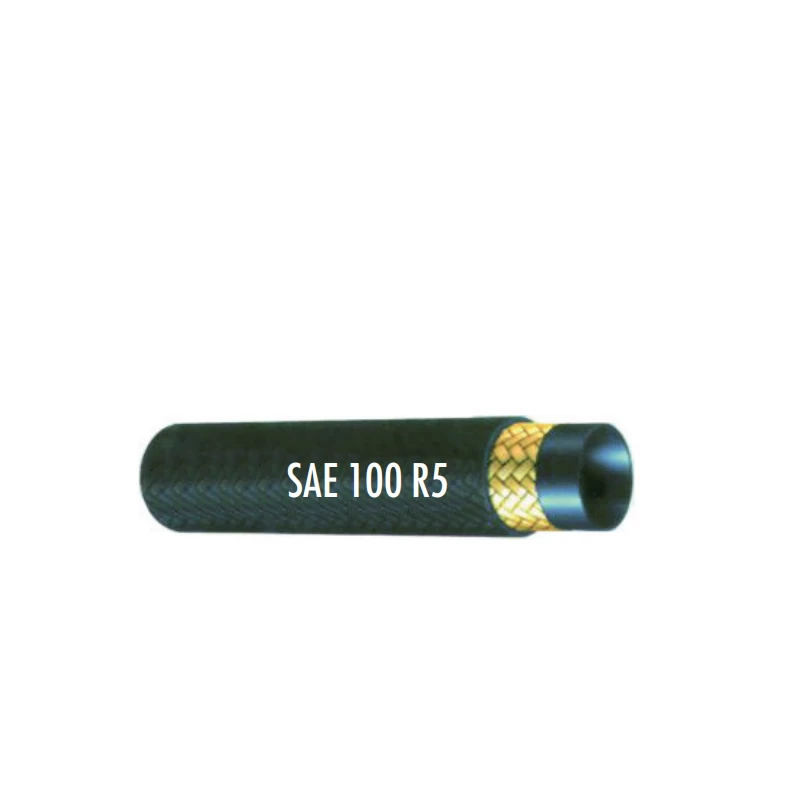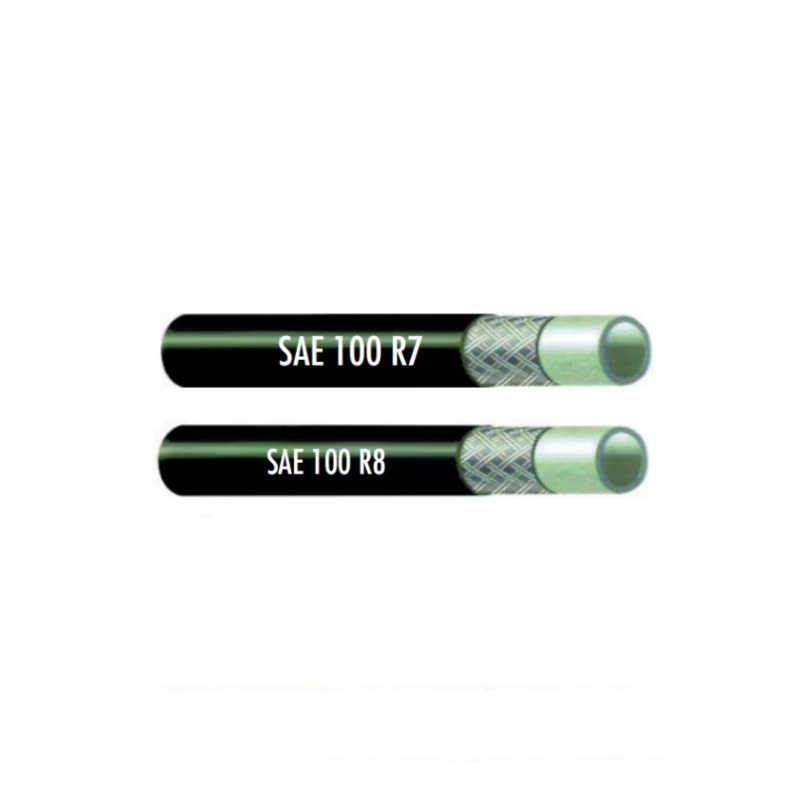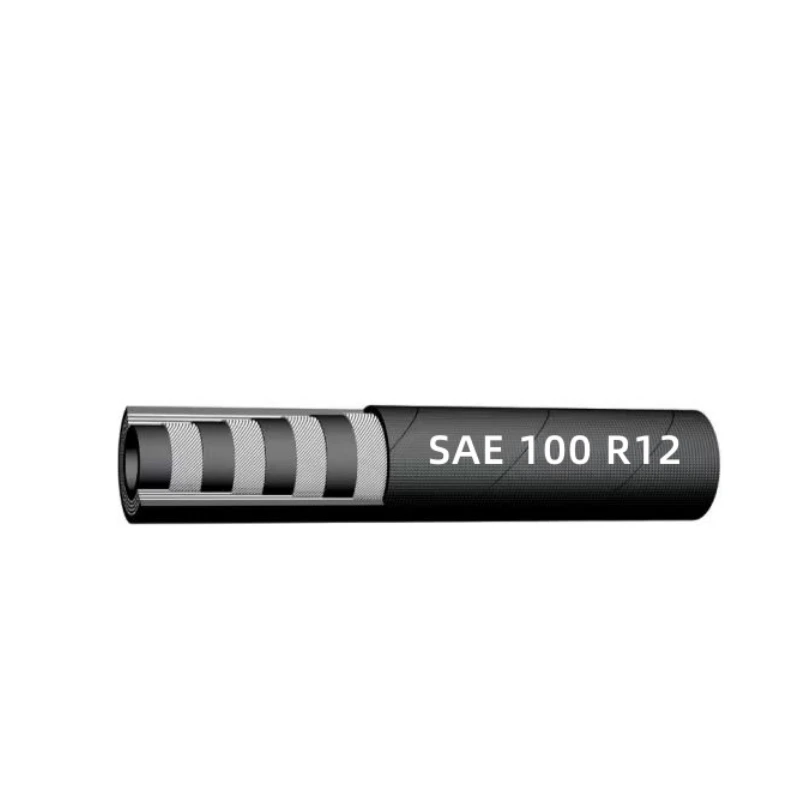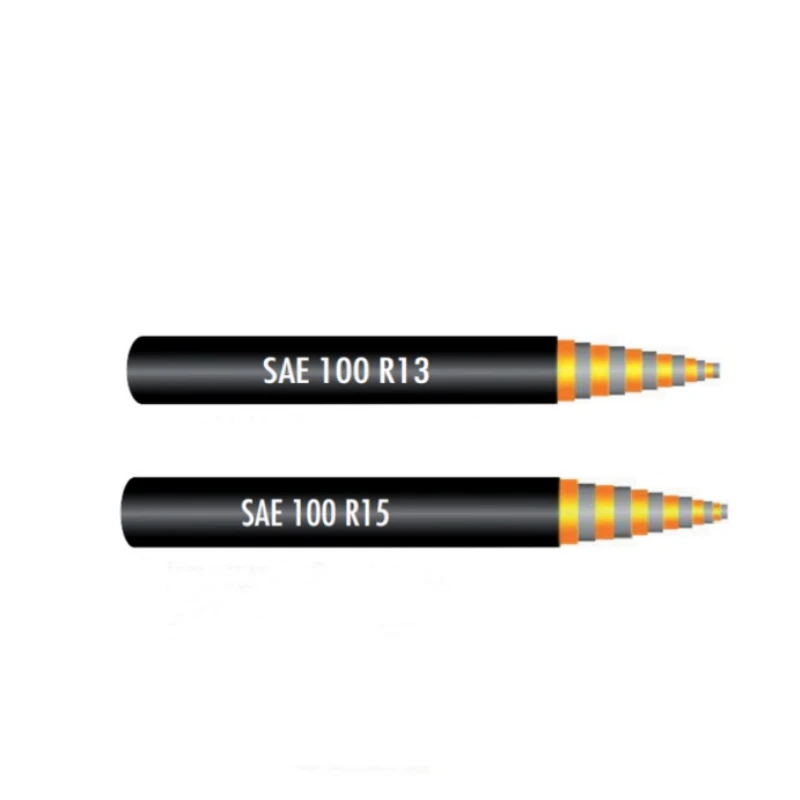
- Afrikaans
- Albanian
- Amharic
- Arabic
- Armenian
- Azerbaijani
- Basque
- Belarusian
- Bengali
- Bosnian
- Bulgarian
- Catalan
- Cebuano
- Corsican
- Croatian
- Czech
- Danish
- Dutch
- English
- Esperanto
- Estonian
- Finnish
- French
- Frisian
- Galician
- Georgian
- German
- Greek
- Gujarati
- haitian_creole
- hausa
- hawaiian
- Hebrew
- Hindi
- Miao
- Hungarian
- Icelandic
- igbo
- Indonesian
- irish
- Italian
- Japanese
- Javanese
- Kannada
- kazakh
- Khmer
- Rwandese
- Korean
- Kurdish
- Kyrgyz
- Lao
- Latin
- Latvian
- Lithuanian
- Luxembourgish
- Macedonian
- Malgashi
- Malay
- Malayalam
- Maltese
- Maori
- Marathi
- Mongolian
- Myanmar
- Nepali
- Norwegian
- Norwegian
- Occitan
- Pashto
- Persian
- Polish
- Portuguese
- Punjabi
- Romanian
- Russian
- Samoan
- scottish-gaelic
- Serbian
- Sesotho
- Shona
- Sindhi
- Sinhala
- Slovak
- Slovenian
- Somali
- Spanish
- Sundanese
- Swahili
- Swedish
- Tagalog
- Tajik
- Tamil
- Tatar
- Telugu
- Thai
- Turkish
- Turkmen
- Ukrainian
- Urdu
- Uighur
- Uzbek
- Vietnamese
- Welsh
- Bantu
- Yiddish
- Yoruba
- Zulu

жнів . 09, 2025 04:00 Back to list
Premium Silicone Heater Hose: High Temp, Blue, Red, Black
In the intricate world of fluid transfer systems, the choice of hose material is paramount, particularly when dealing with elevated temperatures and demanding environments. Among the various solutions available, the silicone heater hose stands out as a superior choice, engineered for unparalleled performance, durability, and reliability. This comprehensive guide delves into the essence of these critical components, exploring their technological advancements, diverse applications, and the competitive landscape of their manufacturing.
The Evolving Landscape of Heater Hose Technology
The global demand for high-performance fluid transfer solutions continues to rise, driven by advancements in automotive engineering, industrial machinery, and renewable energy sectors. Historically, traditional rubber hoses dominated the market, but their limitations in extreme temperatures, chemical resistance, and longevity have paved the way for advanced materials like silicone. The market for silicone-based products, including hoses, is projected to grow significantly, with reports indicating a CAGR of over 5% for the global silicone market from 2023 to 2030, largely due to its increasing adoption in high-performance applications where reliability is non-negotiable. This trend underscores a shift towards more resilient, efficient, and sustainable material solutions.
Key drivers behind this evolution include the electrification of vehicles, which demands more efficient thermal management systems, and the proliferation of industrial processes requiring robust components capable of withstanding aggressive operating conditions. Furthermore, heightened environmental regulations are pushing manufacturers towards products with longer lifespans and reduced maintenance requirements, minimizing waste and resource consumption. This confluence of factors places the silicone heater hose at the forefront of innovation, offering a superior alternative to conventional materials.
Understanding Silicone Heater Hose: Technical Parameters and Performance Metrics
A silicone heater hose is not merely a conduit; it is a meticulously engineered component designed to manage the flow of various liquids and gases, primarily coolants, in systems operating under high temperatures and pressures. Its core advantage lies in the properties of silicone rubber – a synthetic elastomer renowned for its exceptional thermal stability, flexibility, and chemical inertness. Unlike organic rubbers that can degrade under heat, silicone maintains its structural integrity and flexibility across an impressive temperature spectrum.
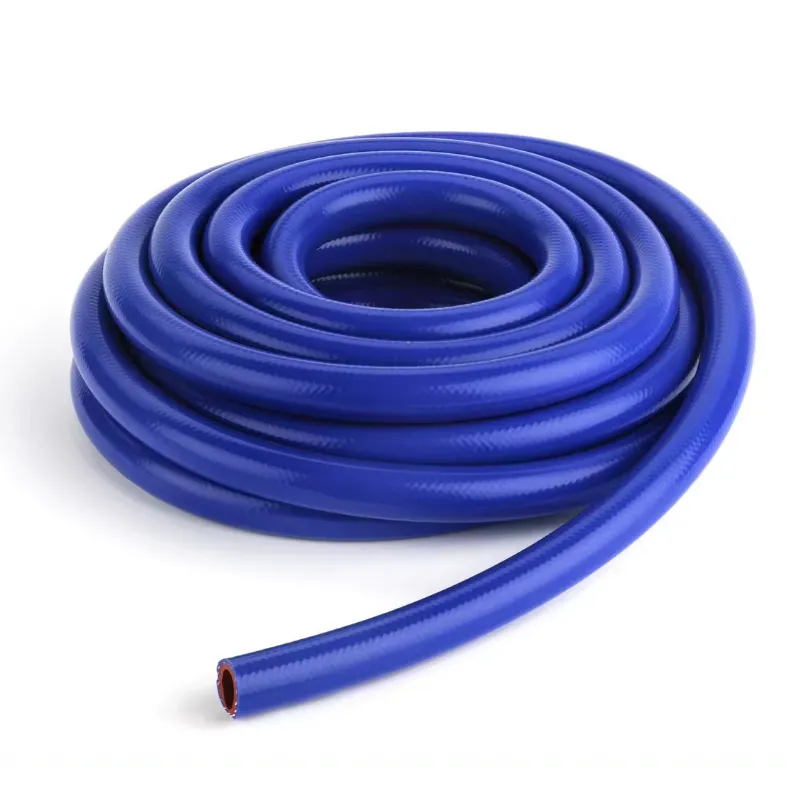
When we discuss a high temp silicone heater hose, we are referring to a product specifically designed to operate reliably in environments where temperatures can fluctuate from as low as -65°C (-85°F) to as high as 260°C (500°F). This remarkable temperature tolerance makes it indispensable in applications where other materials would quickly fail. The hose construction typically involves multiple layers of silicone, reinforced with high-strength fabric plies such as polyester or aramid (Nomex/Kevlar) for enhanced pressure resistance and dimensional stability. This multi-ply reinforcement prevents expansion under pressure and maintains the hose's shape, even under extreme conditions.
Common specifications for silicone heater hose include:
- Inner Diameter (ID): Ranging from small diameters like 0.25 inches (6.35 mm) up to 4 inches (100 mm) or more, with common sizes including a blue 5 8 heater hose (0.625 inches or 15.875 mm).
- Wall Thickness: Typically 3mm to 6mm, engineered for optimal pressure handling and insulation.
- Operating Pressure: Varies significantly based on reinforcement, but generally ranges from 1 Bar (15 PSI) for unreinforced hoses to over 10 Bar (150 PSI) for heavily reinforced versions. Burst pressure is often 3-4 times the working pressure.
- Temperature Range: Standard -50°C to +180°C (-58°F to +356°F), with specialized high temperature heater hose variants reaching up to +260°C (500°F).
- Reinforcement Layers: 1 to 5 plies of polyester for standard applications, or aramid for extreme high-temperature and high-pressure demands.
- Hardness: Typically 60-70 Shore A, offering a good balance of flexibility and abrasion resistance.
- Colors: Available in various colors like blue heater hose, black silicone heater hose, and red silicone heater hose, and even a high temp clear hose for visual fluid inspection, often for aesthetic or identification purposes in complex systems. A vibrant heater hose can enhance engine bay aesthetics or signal specific fluid lines.
Silicone Heater Hose Product Specifications Table
To provide a clear understanding of the range and capabilities of silicone heater hose products, here's a detailed specification table based on common industry standards and typical product offerings:
| Parameter | Standard Silicone Heater Hose | High-Performance Silicone Heater Hose | Specialized (e.g., Ultra High Temp) |
|---|---|---|---|
| Material Composition | VMQ (Vinyl Methyl Silicone Rubber) | VMQ + Fluorosilicone Lining (Optional) | High-Grade VMQ, FKM (Viton) Layer |
| Reinforcement Plies | 2-3 Ply Polyester Fabric | 3-5 Ply Polyester/Aramid Fabric | 4-6 Ply Aramid Fabric (Nomex/Kevlar) |
| Standard ID Range | 6mm (0.25") to 76mm (3") | 8mm (0.31") to 102mm (4") | Custom up to 150mm (6") |
| Wall Thickness | 3.5mm - 5.0mm | 4.5mm - 6.0mm | 5.0mm - 8.0mm |
| Operating Temperature Range | -50°C to +180°C (-58°F to +356°F) | -60°C to +200°C (-76°F to +392°F) | -65°C to +260°C (-85°F to +500°F) |
| Max. Working Pressure (ID 25mm) | 3-5 Bar (45-75 PSI) | 5-8 Bar (75-120 PSI) | 8-12 Bar (120-175 PSI) |
| Burst Pressure (Min. Ratio to WP) | 3:1 | 3.5:1 | 4:1 |
| Hardness (Shore A) | 60-65 | 65-70 | 70-75 |
| UV/Ozone Resistance | Excellent | Excellent | Superior |
| Chemical Resistance | Good (Water, Antifreeze) | Very Good (Oils, Mild Acids) | Excellent (Fuel, Aggressive Solvents) | Typical Lifespan | 5-10 Years | 10-15 Years | 15+ Years |
This table highlights how the choice of reinforcement and silicone grade directly impacts performance, allowing engineers to select the optimal hose for specific operational demands. For example, while a standard black silicone heater hose might suffice for a passenger vehicle, a high temp silicone heater hose with aramid reinforcement would be essential for a heavy-duty diesel engine or an industrial heating system.
The Meticulous Manufacturing Process of Silicone Heater Hoses
The production of a high-quality silicone heater hose is a sophisticated multi-stage process that combines precision engineering with advanced material science. It’s far from simple casting or forging; it involves extrusion, calendering, wrapping, and vulcanization to achieve the desired properties and structural integrity. Understanding this process enhances appreciation for the product's quality and performance.
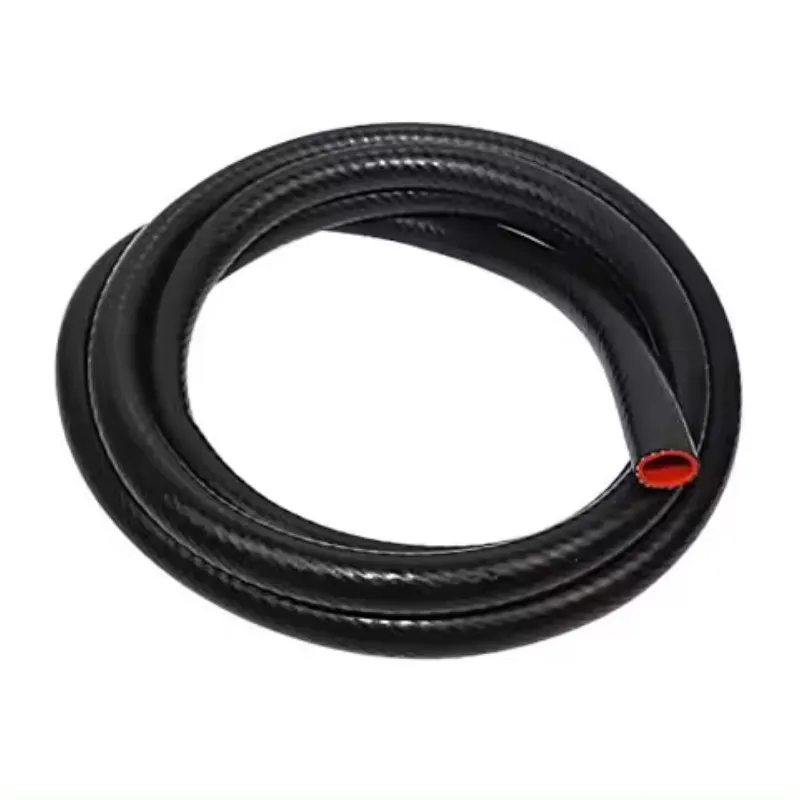
Manufacturing Process Flow:
-
Material Preparation (Mixing & Compounding):
The process begins with the careful mixing of raw silicone polymers (polydimethylsiloxane) with various additives, fillers (like silica for strength), pigments (to create blue heater hose, red silicone heater hose, etc.), and curing agents (peroxides or platinum catalysts). This compounding process, often done in a two-roll mill or internal mixer, is critical for achieving the desired physical properties, color consistency, and processability of the silicone rubber. The quality of raw materials and the precision of mixing directly influence the final product's performance and lifespan.
-
Extrusion of Inner Liner:
The compounded silicone material is then fed into an extruder, which forces the silicone through a die to form the seamless inner tube of the hose. This inner liner defines the hose's internal diameter and is crucial for fluid contact. For specialized applications requiring enhanced chemical resistance (e.g., against oil mist or certain aggressive coolants), an additional fluorosilicone or FKM (Viton) liner might be co-extruded or applied in a subsequent step. This step ensures a smooth, consistent internal surface for optimal flow.
-
Reinforcement Layer Application (Wrapping/Braiding):
After the inner liner is formed, it moves to the reinforcement stage. This is where the hose gains its strength and pressure resistance. High-tensile strength textile plies, typically made from polyester or aramid fibers, are carefully wrapped around the inner liner. For more demanding high temperature heater hose applications, multiple layers of fabric are applied, often at opposing angles to maximize burst strength and prevent kinking. This wrapping can be manual or automated, ensuring precise tension and overlap. Some smaller diameter hoses might utilize braiding for reinforcement.
-
Outer Cover Extrusion/Application:
A final layer of compounded silicone is then extruded over the reinforced core to form the outer cover. This layer provides protection against abrasion, environmental factors (UV, ozone), and adds to the hose's overall durability. This is also where the distinctive colors like black silicone heater hose or a vibrant heater hose come from.
-
Curing (Vulcanization):
The assembled hose then undergoes a curing process, also known as vulcanization. This involves heating the hose in an oven or steam autoclave, which chemically cross-links the silicone polymers, transforming the material from a pliable, unvulcanized state into a stable, elastic rubber. The curing profile (temperature and time) is meticulously controlled to ensure complete cross-linking and optimal physical properties, including tensile strength, elongation, and heat resistance. Some hoses might undergo post-curing for even greater stability.
-
Finishing & Cutting:
Once cured, the long continuous hose is cooled and then cut to specified lengths using automated cutting machines. Depending on the application, ends might be trimmed or finished.
-
Quality Control & Testing:
Every batch, and often individual lengths, of silicone heater hose undergoes rigorous quality control. This includes visual inspection for defects, dimensional checks (ID, OD, wall thickness), and crucial performance tests. Key tests include:
- Burst Pressure Test: Hoses are pressurized until they burst to ensure they meet or exceed specified burst pressures (e.g., 3-4 times working pressure).
- Vacuum Test: To check resistance to collapse under vacuum.
- Flexibility Test: To ensure the hose retains its flexibility at various temperatures.
- Tensile Strength and Elongation Test: Measures the material's strength and elasticity.
- Hardness Test (Shore A): Confirms the material's stiffness.
- Aging Test: Hoses are subjected to accelerated aging conditions (heat, chemicals) to predict long-term performance and lifespan.
- Electrical Conductivity (for specific applications): Some hoses require specific electrical properties.
These tests ensure compliance with international standards such as ISO 9001 (Quality Management Systems), ISO 14001 (Environmental Management Systems), and specific automotive standards like IATF 16949 for suppliers to the automotive industry. Adherence to these standards, along with ANSI (American National Standards Institute) guidelines where applicable, ensures that each silicone heater hose meets stringent performance and safety criteria, confirming a robust usage lifespan, often exceeding 10-15 years under normal operating conditions.
This meticulous process, from raw material to finished product, underscores the expertise and advanced manufacturing capabilities required to produce a reliable high temp silicone heater hose suitable for critical applications across various industries.
Diverse Application Scenarios and Superior Advantages
The versatility of silicone heater hose makes it indispensable across a multitude of industries. Its unique properties translate into significant operational advantages, enhancing efficiency and reducing maintenance burdens.
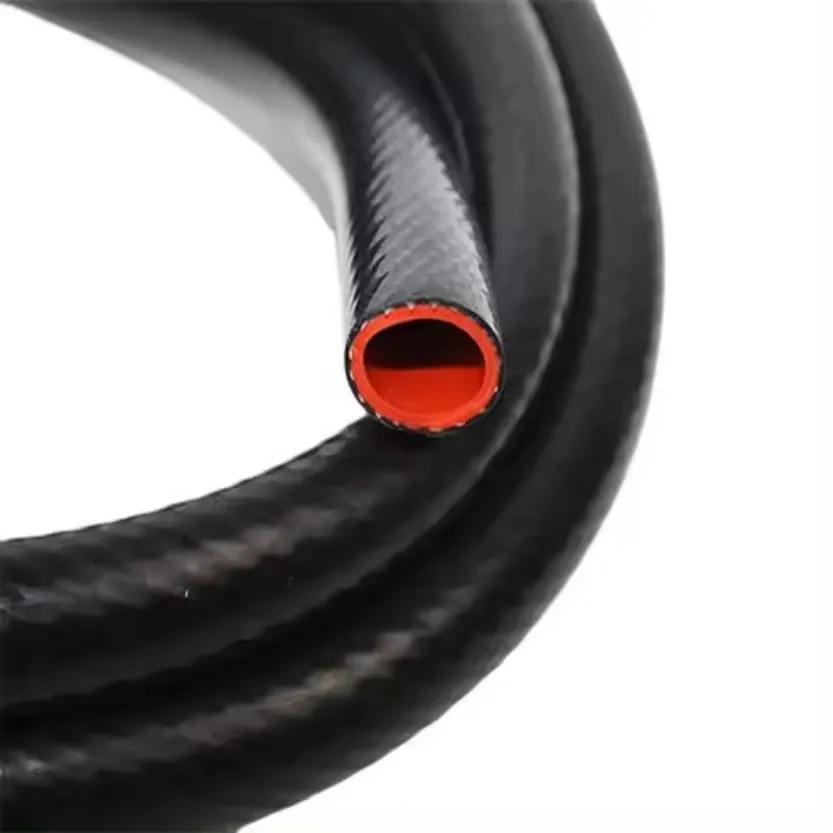
Applicable Industries:
-
Automotive Industry:
From passenger cars to heavy-duty trucks, buses, and off-road vehicles, silicone heater hose is crucial for cooling systems, turbocharger and intercooler connections, and exhaust gas recirculation (EGR) systems. Its ability to withstand extreme under-hood temperatures and resist degradation from engine coolants (ethylene glycol/propylene glycol based) ensures reliable performance and prevents costly breakdowns. The blue 5 8 heater hose is a common choice for many coolant lines due to its balanced flow and flexibility.
-
Industrial Machinery & Equipment:
In manufacturing plants, power generation facilities, and HVAC systems, these hoses are used for fluid transfer in heating and cooling circuits, hot air ducts, and coolant lines for industrial engines and compressors. Their resistance to ozone and UV light makes them suitable for both indoor and outdoor industrial environments.
-
Petrochemical Industry:
While standard silicone hoses have good resistance to water and glycols, specialized versions (e.g., with fluorosilicone liners) are used for transferring certain chemicals and mild acids, and in systems where high-temperature resistance is critical, such as in processing units or refinery applications. The chemical inertness is key here.
-
Metallurgy and Foundries:
Environments with high ambient temperatures and the presence of molten metals require robust cooling systems. Silicone heater hose is used for water cooling of furnaces, induction heating equipment, and other high-temperature processing machinery, where its resilience to heat is paramount.
-
Marine Applications:
Marine engines and onboard systems require hoses that can withstand saltwater, constant vibration, and varying temperatures. Silicone hoses offer excellent resistance to these harsh conditions, making them ideal for marine cooling and exhaust systems.
-
Food & Beverage Processing:
FDA-approved grades of silicone heater hose are used for hot water, steam, and food product transfer, where hygiene, non-toxicity, and resistance to high-temperature cleaning cycles (CIP/SIP) are essential. A high temp clear hose can be particularly useful here for visual inspection of fluid purity.
-
Renewable Energy (Solar, Wind):
In solar thermal systems, silicone heater hose can transport heat transfer fluids at elevated temperatures. In wind turbines, they manage cooling systems for gearboxes and generators, demonstrating their adaptability to cutting-edge technologies.
Technical Advantages in Typical Application Scenarios:
- Superior Temperature Resistance: The most significant advantage. In an automotive engine bay where temperatures can exceed 100°C (212°F) constantly, or in industrial heating systems reaching 200°C (392°F), a high temp silicone heater hose maintains its flexibility and structural integrity, unlike traditional rubber which becomes brittle or soft. This directly leads to fewer failures and reduced downtime.
- Exceptional Durability and Lifespan: Silicone's inherent resistance to ozone, UV radiation, and common chemicals found in cooling systems (antifreeze) results in a much longer service life compared to EPDM rubber hoses. This translates into significant cost savings on replacement parts and labor, contributing to the "energy-saving" aspect through reduced maintenance and system efficiency over time.
- Flexibility and Vibration Damping: Silicone hoses remain flexible even at low temperatures, simplifying installation in tight spaces. Their elasticity also allows them to absorb engine vibrations, reducing stress on connection points and preventing leaks, thereby enhancing system reliability.
- Corrosion Resistance: Silicone is largely inert and does not react with many common coolants or mild industrial fluids, preventing degradation of the hose itself and inhibiting the formation of corrosion within the fluid system, which can be detrimental to components like radiators and water pumps. This contributes to the "anti-corrosion" advantage.
- Reduced Permeability: Silicone has a lower gas permeability than many other rubbers, meaning less coolant evaporation or loss, maintaining system pressure and efficiency.
- Aesthetics and Customization: The availability of colors like vibrant heater hose options (blue, red, black) allows for color-coding of lines in complex systems or simply enhances the visual appeal of an engine bay, a growing trend in the automotive aftermarket.
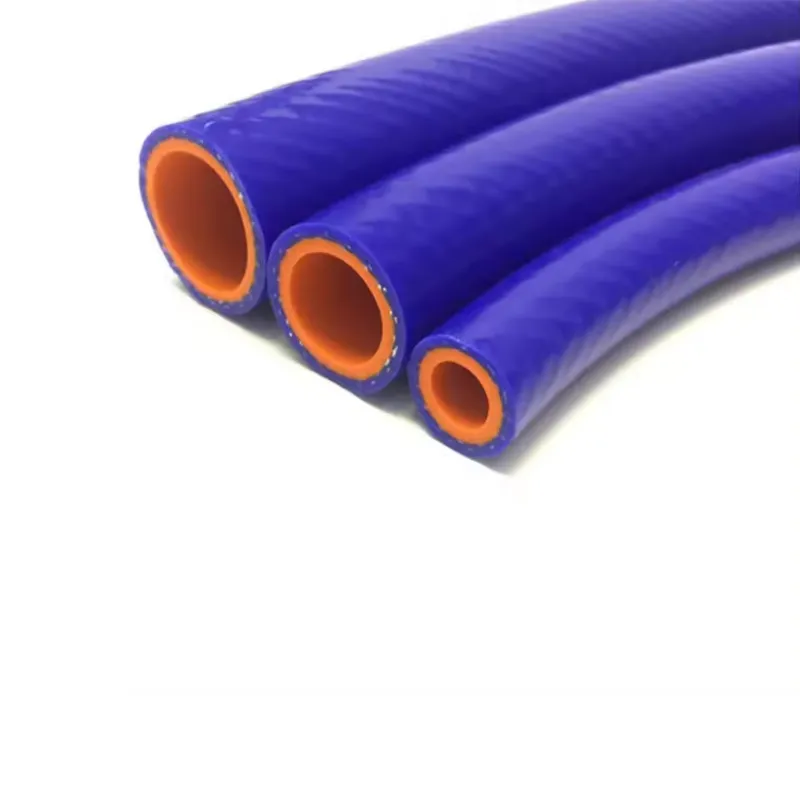
Choosing the Right Manufacturer: Expertise and Authoritativeness
Selecting a reputable manufacturer for silicone heater hose is as crucial as understanding the product itself. The market is saturated, but not all suppliers offer the same level of quality, consistency, and expertise. A truly authoritative supplier will demonstrate deep product understanding, proven manufacturing excellence, and a commitment to customer satisfaction. Key factors to consider include:
- Certifications and Compliance: Look for manufacturers holding ISO 9001:2015 for quality management, ISO 14001 for environmental management, and ideally IATF 16949 if catering to the automotive sector. These certifications are a testament to stringent quality control and operational excellence.
- Years of Experience: Established companies with decades of experience in hose manufacturing often possess invaluable institutional knowledge, refined processes, and a track record of reliability. This depth of experience translates into superior product design and problem-solving capabilities.
- R&D and Innovation: A forward-thinking manufacturer invests in research and development to improve materials, manufacturing processes, and product performance. This includes developing specialized hoses like advanced high temp clear hose or hoses with enhanced chemical resistance.
- Customer Testimonials and Case Studies: Real-world applications and positive customer feedback provide tangible evidence of a manufacturer's product quality and service reliability. Reputable companies will often share success stories or be able to provide references.
- Vertical Integration: Manufacturers who control more of their supply chain, from raw material compounding to final product testing, often have better control over quality and consistency.
For example, a company like JYHOSE (Jingyi Rubber Plastic Products Co., Ltd.), an established player with significant experience in rubber and silicone products, has built its reputation on supplying high-quality industrial hoses, including silicone heater hose, for over 20 years. Their commitment to adhering to international standards and providing tailored solutions underscores their authoritativeness in the field. Such manufacturers do not just sell products; they offer solutions backed by extensive engineering knowledge and rigorous testing.
Custom Solutions and Tailored Performance
One of the significant advantages of working with an expert silicone heater hose manufacturer is the ability to develop custom solutions. Off-the-shelf hoses may not always fit the precise requirements of unique applications, where specific lengths, complex bends, unique diameters, or enhanced material properties are necessary. Customization allows for optimal system integration and performance.
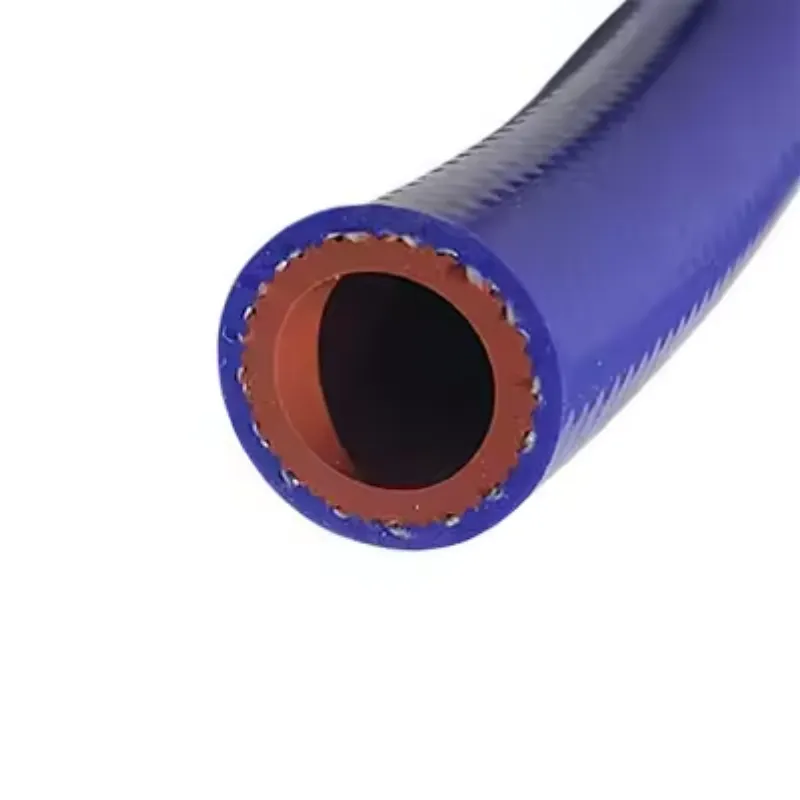
Customization Options:
- Specific Diameters and Lengths: Beyond standard sizes like blue 5 8 heater hose, manufacturers can produce hoses with precise inner and outer diameters and cut to exact lengths, minimizing waste and ensuring a perfect fit.
- Complex Shapes and Bends: Custom molded silicone heater hose products can be manufactured with specific bends, elbows, or complex geometries (e.g., S-bends, reducers) to navigate tight engine bays or industrial layouts, eliminating the need for multiple straight hoses and connectors, thereby reducing potential leak points. This is particularly valuable for a vibrant heater hose that might also need to fit a custom aesthetic.
- Material Customization:
- Reinforcement: Adjusting the number of fabric plies or switching from polyester to aramid for higher pressure or temperature resistance (for a high temp silicone heater hose).
- Lining Materials: Adding fluorosilicone linings for enhanced resistance to fuel vapors, oil, or aggressive chemicals, which standard silicone cannot handle. This is crucial for applications that require a robust high temperature heater hose with chemical resilience.
- Color and Branding: Custom colors, including specific shades for a blue heater hose or a red silicone heater hose, and the ability to incorporate company logos or part numbers directly onto the hose.
- End Finishes and Fittings: Integration of specific ends, beads, or pre-attached fittings to streamline assembly for the end-user.
The process for custom solutions typically involves a close collaboration between the client and the manufacturer's engineering team. This includes detailed discussions of requirements, CAD design, prototyping, rigorous testing (including pressure cycling, temperature resistance, and chemical compatibility tests specific to the application), and finally, volume production. This iterative approach ensures that the bespoke silicone heater hose solution not only meets but often exceeds the performance expectations of the application, demonstrating significant practical experience from the manufacturer.
Real-World Application Cases and Customer Experience
The true measure of a product's value lies in its performance in real-world scenarios and the feedback from those who use it daily. Silicone heater hose has a proven track record across diverse, demanding applications. For instance:
- Heavy-Duty Truck Cooling Systems: A major fleet operator reported that after switching from traditional rubber hoses to black silicone heater hose for their engine cooling systems, they experienced a significant reduction in roadside breakdowns related to hose failures. The superior temperature resistance and vibration damping capabilities of silicone hoses meant they lasted more than twice as long, leading to reduced maintenance costs and increased vehicle uptime. This reflects a clear positive customer experience and validates the product's reliability.
- Industrial Chemical Processing Units: In a facility handling hot, mildly corrosive fluids, the frequent replacement of conventional hoses due to material degradation was a recurring issue. By implementing a specialized high temp silicone heater hose with a fluorosilicone liner, the plant drastically extended the service life of these critical connections, improving safety and operational efficiency. The initial investment was quickly recouped through reduced material costs and labor for replacements. This is a direct example of how the correct product, often a custom solution, can solve pressing industry challenges.
- High-Performance Automotive Aftermarket: Enthusiasts and custom vehicle builders frequently opt for a vibrant heater hose (like a blue heater hose or red silicone heater hose) not just for aesthetics but for performance. They consistently report that these hoses maintain their integrity and flexibility even under aggressive driving conditions and track use, where engine bay temperatures are extreme. The enhanced thermal stability prevents hose swelling or bursting, which are common issues with stock rubber hoses. This practical application underscores the product's superior engineering for demanding environments.
These cases exemplify how investing in high-quality silicone heater hose translates directly into enhanced reliability, reduced operational costs, and improved safety across various sectors. Companies providing these solutions often collect such feedback to refine their offerings and build a robust portfolio of service cases.
Trustworthiness: Guarantees, Support, and Delivery
Building trust with clients is paramount for any reputable manufacturer. This extends beyond product quality to encompass transparent business practices, robust support systems, and reliable logistics. When sourcing silicone heater hose, look for manufacturers who clearly outline their commitments in these areas:
Quality Assurance & Warranty:
A trustworthy supplier stands behind its products. This is demonstrated through:
- Comprehensive Quality Control: As detailed in the manufacturing process, strict adherence to ISO 9001 and IATF 16949 standards, coupled with extensive in-house testing (burst, vacuum, aging, material composition analysis), ensures consistent product quality.
- Product Certifications: Compliance with relevant industry standards (e.g., SAE J20 for automotive, FDA for food contact, specific fluid compatibility tests) provides an external validation of performance.
- Warranty Commitment: Reputable manufacturers offer clear warranty periods and terms, typically ranging from 1 to 5 years against manufacturing defects. This provides peace of mind and demonstrates confidence in their product's durability.
Delivery Schedule & Logistics:
Timely delivery is crucial for maintaining production schedules and project timelines. A reliable manufacturer will:
- Transparent Lead Times: Provide clear and realistic lead times for both standard and custom silicone heater hose orders.
- Efficient Supply Chain: Demonstrate robust supply chain management, minimizing delays in raw material procurement and production.
- Global Shipping Capabilities: For international clients, offer a range of shipping options and handle export documentation efficiently.
Customer Support & After-Sales Service:
Exceptional customer support is a hallmark of a trustworthy partner:
- Technical Expertise: Access to experienced engineers and technical support staff who can assist with product selection, application challenges, and troubleshooting for all silicone heater hose types.
- Responsive Communication: Prompt responses to inquiries, quotes, and technical questions.
- Problem Resolution: A clear and efficient process for handling returns, quality issues, or claims, ensuring customer satisfaction.
Professional FAQ: Deep Dive into Silicone Heater Hose Terminology
To further enhance understanding of silicone heater hose products, here are answers to common professional and technical questions:
Q1: What is the primary difference between silicone and EPDM rubber heater hoses?
A1: The primary difference lies in their material properties and performance envelopes. Silicone hoses offer significantly superior temperature resistance (typically -50°C to +180°C, with high-temp versions up to +260°C) and excellent resistance to ozone, UV, and aging. EPDM rubber hoses typically have a narrower temperature range (-40°C to +125°C) and are more prone to hardening and cracking over time due to environmental exposure. While EPDM is often more cost-effective upfront, silicone's extended lifespan and superior performance in extreme conditions often result in a lower total cost of ownership, especially for a high temperature heater hose application.
Q2: What do "ply" numbers (e.g., 3-ply, 5-ply) refer to in silicone heater hose construction?
A2: "Ply" refers to the number of reinforcement layers, typically made of high-strength polyester or aramid fabric, wrapped within the silicone hose structure. Each ply adds to the hose's burst strength and dimensional stability. A 3-ply hose is suitable for moderate pressures, while a 5-ply hose, often found in a high temp silicone heater hose, is designed for significantly higher operating pressures and more demanding applications, preventing hose expansion or collapse under pressure or vacuum.
Q3: Can silicone heater hose be used for fuel or oil lines?
A3: Standard silicone heater hose is generally not recommended for continuous exposure to fuel (gasoline, diesel) or petroleum-based oils. While silicone offers excellent temperature resistance, it can swell and degrade when exposed to hydrocarbons. For applications involving fuels or oils at high temperatures, a specialized fluorosilicone-lined hose is required. Fluorosilicone (FVMQ) is a type of silicone that offers superior resistance to petroleum products and many aggressive chemicals, making it suitable for such niche applications, sometimes seen in a high temp clear hose variant for specific fuel lines.
Q4: What testing standards should a reputable silicone heater hose manufacturer adhere to?
A4: Reputable manufacturers should adhere to international quality management standards like ISO 9001 (Quality Management System) and ISO 14001 (Environmental Management System). For automotive applications, IATF 16949 is critical. Product-specific performance standards include SAE J20 (for automotive coolant hose) and various ASTM standards for material properties (e.g., D2240 for hardness, D412 for tensile strength). Adherence to these standards ensures product consistency and reliability for all types, including a black silicone heater hose or a red silicone heater hose.
Q5: Is a blue 5 8 heater hose a common size, and what does the "5/8" refer to?
A5: Yes, a blue 5 8 heater hose is a very common size, particularly in automotive and light industrial heating/cooling circuits. The "5/8" refers to the hose's inner diameter (ID) in inches, meaning it has an internal diameter of 0.625 inches, or approximately 15.875 millimeters. This size is popular for heater cores, radiator overflow lines, and other smaller diameter fluid transfer applications.
Q6: How does the flexibility of silicone heater hose compare to traditional rubber hoses, especially at low temperatures?
A6: Silicone heater hose maintains superior flexibility across a much wider temperature range compared to traditional rubber hoses. At very low temperatures (e.g., -40°C), traditional rubber hoses can become stiff and brittle, making installation difficult and increasing the risk of cracking or kinking. Silicone, conversely, remains highly flexible and pliable, ensuring ease of installation and reliable performance even in freezing conditions, which is a key advantage for a vibrant heater hose used in diverse climates.
Q7: What is the typical lifespan of a high temp silicone heater hose in a heavy-duty application?
A7: The typical lifespan of a high temp silicone heater hose in a heavy-duty application (like a commercial truck engine or industrial machinery) can range from 10 to 15 years, and often even longer, under normal operating conditions and proper installation. This is significantly longer than the 3-5 year lifespan typically expected from conventional EPDM rubber hoses. Factors like continuous exposure to the upper temperature limits, aggressive chemical exposure (if not properly specified), and abrasion can influence this lifespan, but generally, silicone offers exceptional longevity.
In conclusion, the silicone heater hose represents a pinnacle of fluid transfer technology, offering unparalleled performance, durability, and versatility. Its ability to withstand extreme temperatures, resist chemical degradation, and maintain flexibility across diverse environments makes it the material of choice for critical applications across numerous industries. From the meticulous manufacturing process to the rigorous testing and comprehensive customer support, every aspect of a high-quality silicone hose is designed to ensure reliability and deliver long-term value. As industries continue to push the boundaries of performance and efficiency, the demand for advanced solutions like silicone heater hose will only continue to grow, solidifying its position as an indispensable component in modern engineering.
For further reading and in-depth technical specifications, consider exploring industry standards and research:
- Society of Automotive Engineers (SAE) J20 Standard for Coolant Hoses: https://www.sae.org/standards/content/j20_200806/
- Review on Silicone Rubber and its Applications: https://www.sciencedirect.com/science/article/pii/B9780128035818099863
- Polymer Science: Rubber, General Classification & History: https://link.springer.com/chapter/10.1007/978-3-540-30299-1_1
This is the first article
Latest News
Steel Wire Reinforced Hydraulic Hose SAE 100 R1 / EN853 1SN S
NewsOct.17,2024
Two Layers Steel Wire Reinforced Hydraulic Hose SAE 100 R2 / EN853 2SN
NewsSep.03,2024
Textile Braid Reinforced Hydraulic Hose SAE100 R3+R6
NewsSep.03,2024
Textile Reinforced Hydraulic oil Suction Hose with embedded Steel Wire SAE 100 R4
NewsSep.03,2024
Single Wire Braid and Textile Covered Hydraulic Hose SAE 100 R5
NewsSep.03,2024
High Pressure Thermoplastic Hydraulic Hose SAE 100 R7 / EN855 R7 - SAE 100 R8 / EN855 R8
NewsSep.03,2024
Heavy Duty Four-layer Steel Wire Spiral Reinforced Hydraulic Hose SAE100R9+R10+R12
NewsSep.03,2024
Heavy Duty Multi-layer Steel Wire Reinforced Hydraulic Hose SAE100R13 SAE100R15
NewsSep.03,2024
Latest Products
